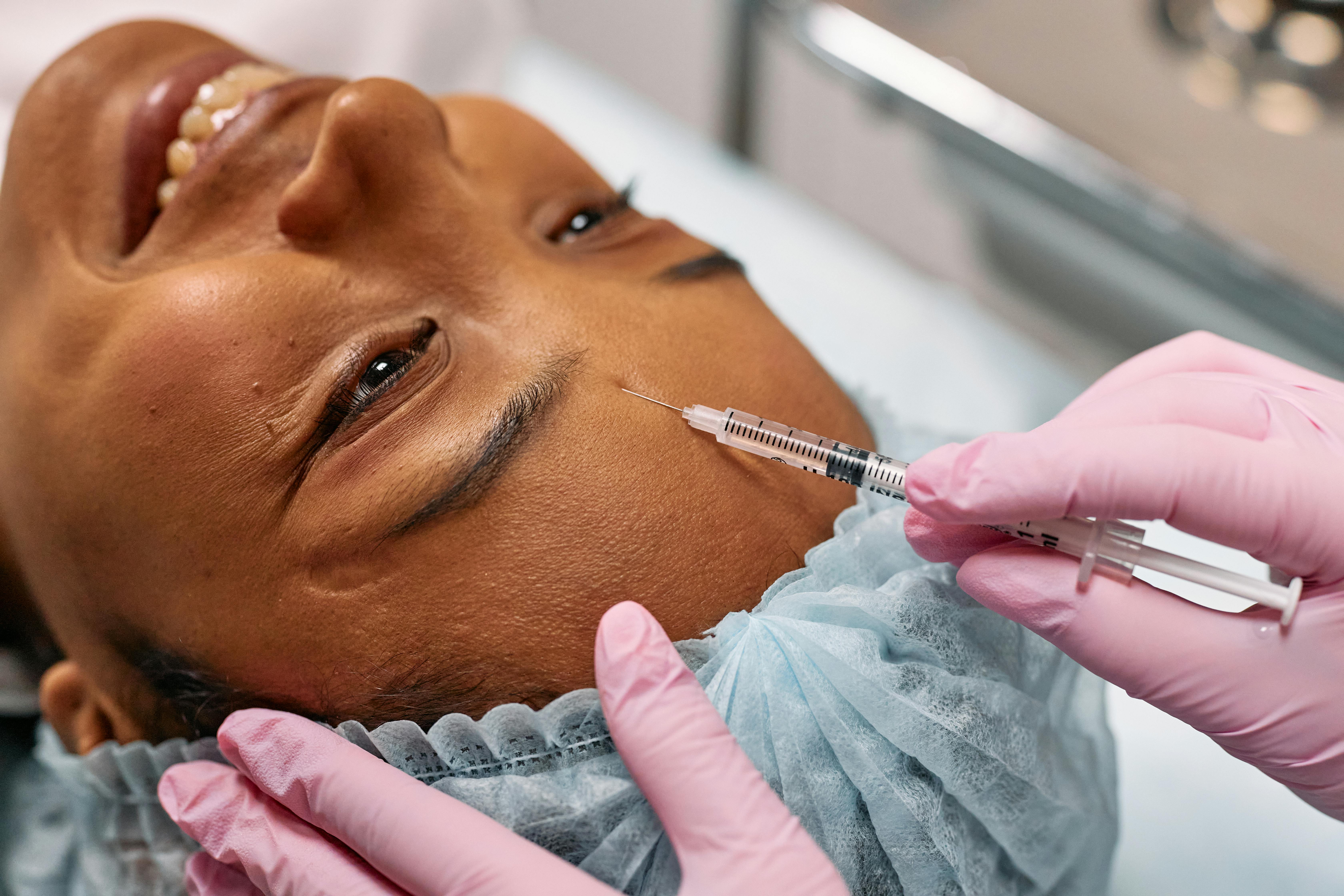Reveal Beautiful Legs: How Sclerotherapy Helps Treat Spider Veins
Spider veins can be a source of discomfort and self-consciousness for many individuals. These small, visible blood vessels that appear close to the skin's surface can detract from the appearance of otherwise smooth and healthy-looking legs. Fortunately, sclerotherapy has emerged as a trusted and effective treatment option for those seeking to address spider veins and regain confidence in their appearance. This article will explore how sclerotherapy works, its benefits, and what patients can expect from this popular vein removal procedure.

What is sclerotherapy and how does it work?
Sclerotherapy is a minimally invasive medical procedure designed to treat spider veins and small varicose veins. The treatment involves injecting a special solution, known as a sclerosant, directly into the affected veins. This solution irritates the lining of the blood vessel, causing it to collapse and eventually fade from view. Over time, the body naturally absorbs the treated vein, and blood flow is redirected to healthier veins in the area.
The procedure is typically performed in a doctor’s office and does not require anesthesia. A fine needle is used to inject the sclerosant into the targeted veins, with multiple injections often necessary to achieve optimal results. The entire process usually takes between 15 to 30 minutes, depending on the number and size of veins being treated.
What are the benefits of choosing sclerotherapy for vein removal?
Sclerotherapy offers several advantages for those seeking to address spider veins and improve the appearance of their legs:
-
Effectiveness: Sclerotherapy has been proven to be highly effective in treating spider veins, with many patients experiencing significant improvement after just one or two sessions.
-
Minimal discomfort: The procedure is generally well-tolerated, with most patients reporting only mild discomfort during the injections.
-
Quick recovery: Unlike more invasive vein treatments, sclerotherapy requires little to no downtime. Most patients can return to their normal activities immediately after the procedure.
-
Long-lasting results: While new spider veins may develop over time, the veins treated with sclerotherapy typically do not return.
-
Improved confidence: By reducing the appearance of spider veins, sclerotherapy can help patients feel more comfortable and confident in their skin.
What can patients expect during and after sclerotherapy treatment?
Before undergoing sclerotherapy, patients will typically have a consultation with a healthcare provider to determine if they are suitable candidates for the procedure. During this assessment, the doctor will examine the affected areas and discuss the patient’s medical history and expectations.
On the day of the treatment, patients are advised to wear loose, comfortable clothing. The area to be treated will be cleaned, and the sclerosant solution will be injected into the targeted veins using a fine needle. Some patients may experience mild discomfort or a slight burning sensation during the injections, but this is generally well-tolerated.
After the procedure, patients may be instructed to wear compression stockings for a period of time to help promote healing and improve results. It’s common to experience some bruising, redness, or swelling in the treated areas, but these side effects typically subside within a few days to weeks.
Most patients can resume their normal activities immediately following sclerotherapy, although strenuous exercise is usually discouraged for a few days. The treated veins will gradually fade over the course of several weeks to months, with optimal results often visible after 3-6 months.
Are there any risks or side effects associated with sclerotherapy?
While sclerotherapy is generally considered safe and effective, as with any medical procedure, there are potential risks and side effects to be aware of:
-
Temporary discoloration: Some patients may experience brown lines or spots along the treated veins, which usually fade over time.
-
Allergic reactions: Although rare, some individuals may have an allergic reaction to the sclerosant solution.
-
Matting: Small, new blood vessels may appear near the treatment site, a condition known as telangiectatic matting.
-
Blood clots: In very rare cases, blood clots may form in the treated veins.
-
Skin ulceration: Occasionally, small ulcers may develop at the injection site, but these typically heal without scarring.
It’s important to discuss these potential risks with a healthcare provider before deciding to undergo sclerotherapy.
How much does sclerotherapy cost, and is it covered by insurance?
The cost of sclerotherapy can vary depending on several factors, including the number of veins treated, the size of the treatment area, and the geographic location of the healthcare provider. On average, patients can expect to pay between $200 to $500 per treatment session, with multiple sessions often necessary for optimal results.
| Provider Type | Estimated Cost per Session | Number of Sessions Typically Needed |
|---|---|---|
| Dermatologist | $250 - $400 | 2-4 |
| Vein Specialist | $300 - $500 | 2-3 |
| Med Spa | $200 - $350 | 3-5 |
Prices, rates, or cost estimates mentioned in this article are based on the latest available information but may change over time. Independent research is advised before making financial decisions.
It’s important to note that sclerotherapy is typically considered a cosmetic procedure and is therefore not usually covered by health insurance plans. However, in cases where spider veins cause significant discomfort or are associated with underlying venous insufficiency, some insurance providers may offer partial coverage. Patients are advised to check with their insurance company to determine if any coverage is available for their specific situation.
In conclusion, sclerotherapy offers a safe, effective, and minimally invasive option for those seeking to treat spider veins and improve the appearance of their legs. By understanding the procedure, its benefits, and potential considerations, patients can make informed decisions about whether sclerotherapy is the right choice for their vein removal needs. As with any medical treatment, it’s essential to consult with a qualified healthcare provider to determine the most appropriate course of action for individual circumstances.
This article is for informational purposes only and should not be considered medical advice. Please consult a qualified healthcare professional for personalized guidance and treatment.




